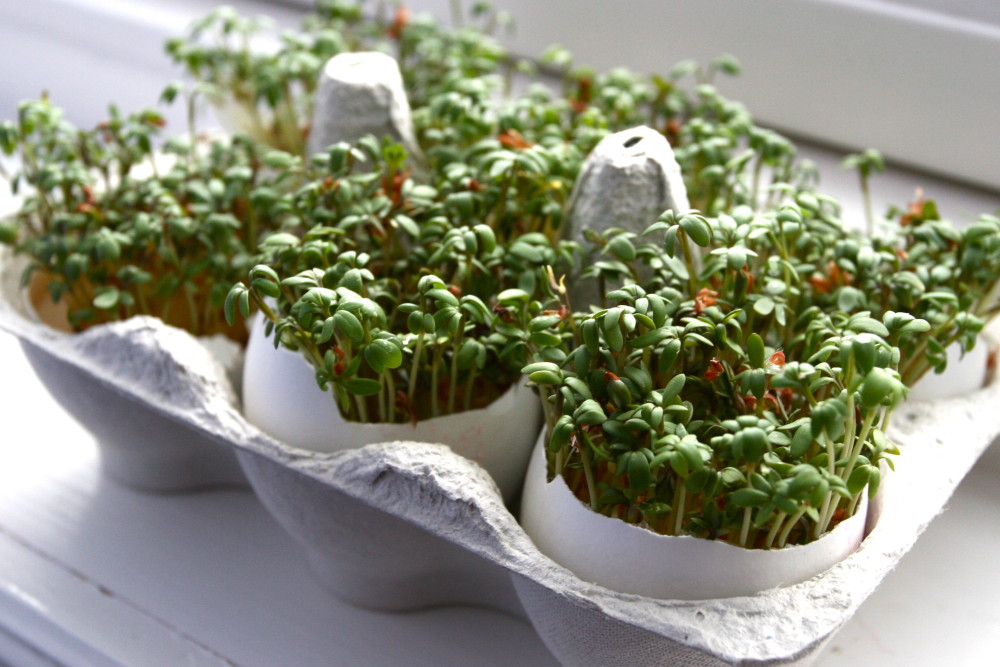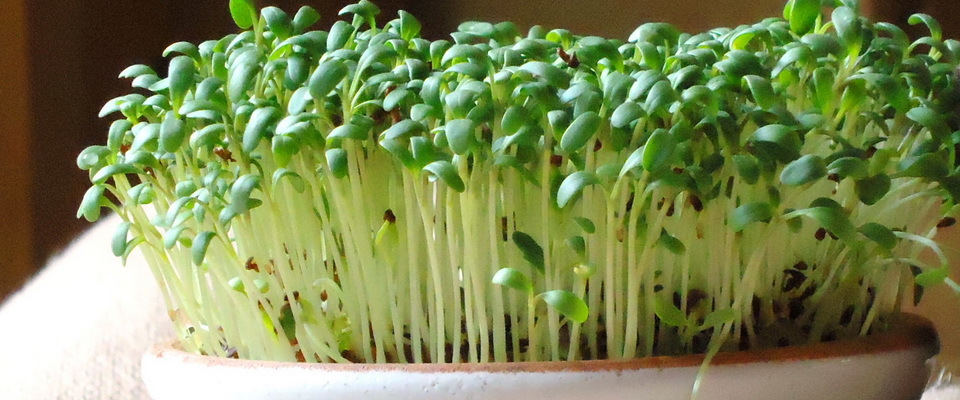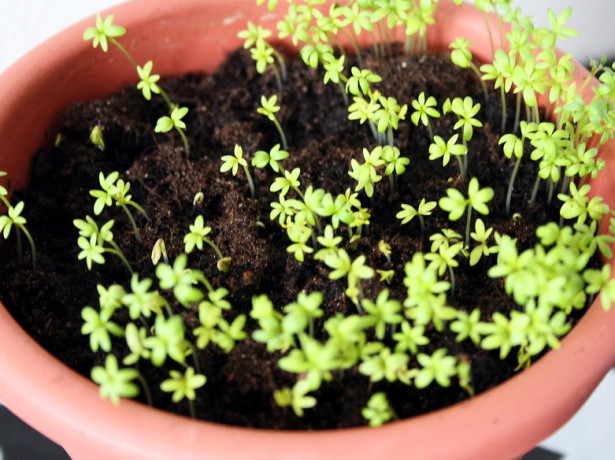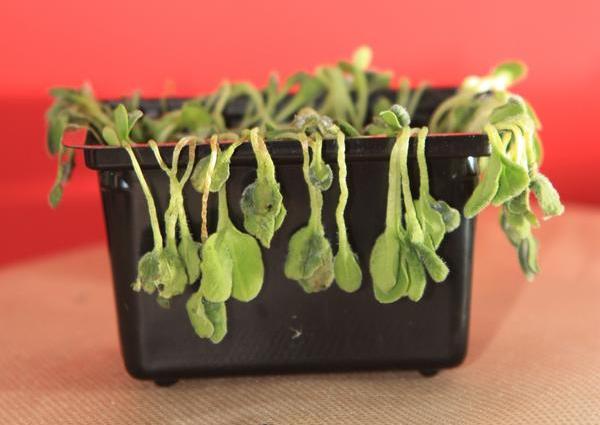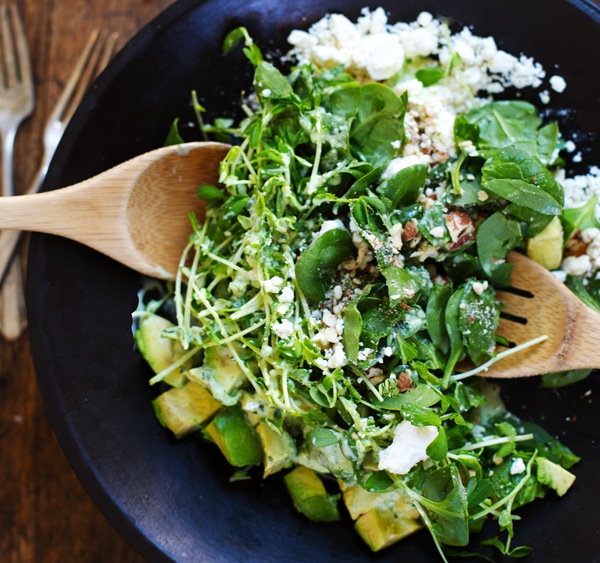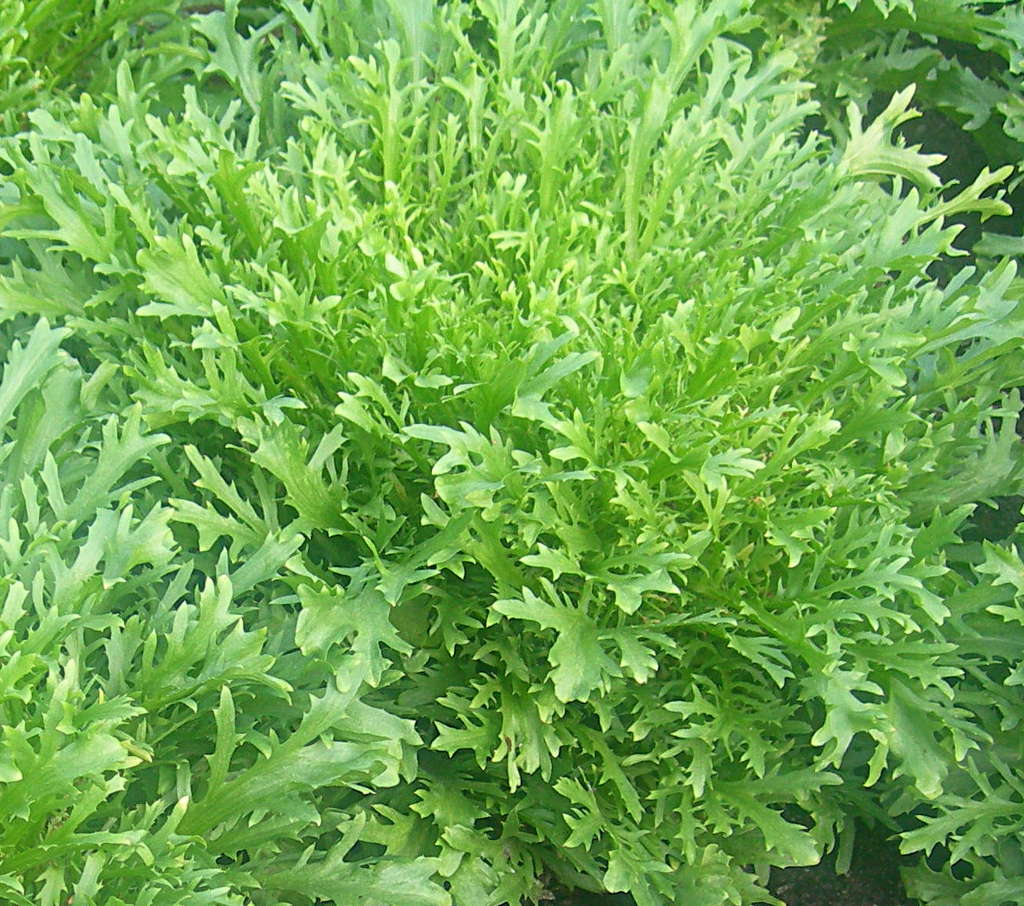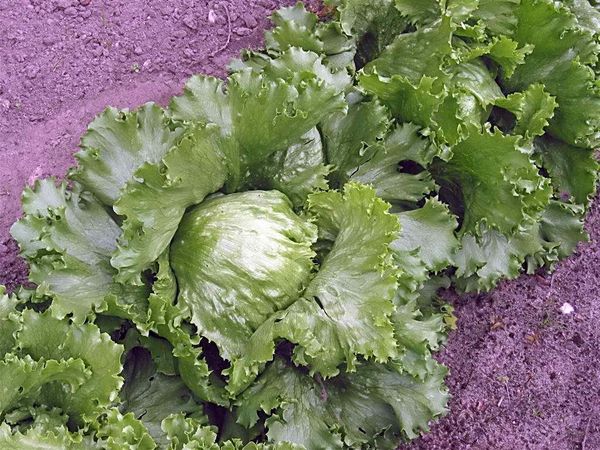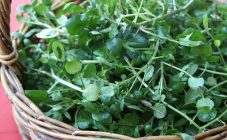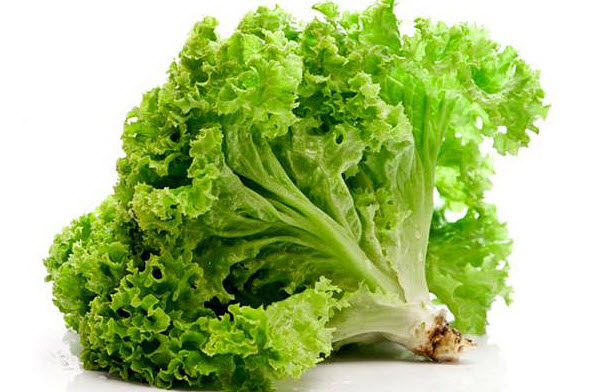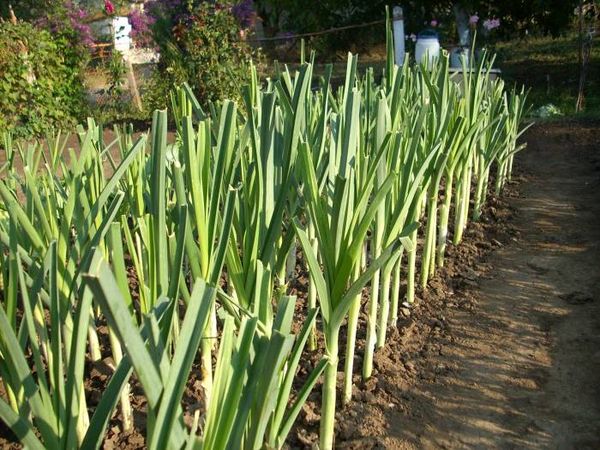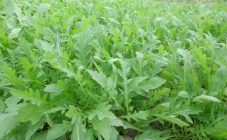Content:
Watercress is an edible annual or biennial plant; its lesser-known name is bedbug. Due to the content of mustard oil in the lettuce leaves, it has a delicate taste with a sharp, mustard note and has healing properties, thanks to which this plant is used not only in cooking, but also in medicine, cosmetology.
There are three types of watercress, depending on the shape and location of its leaves:
- whole-leafed;
- curly;
- sowing.
The whole-leaved variety of watercress Dukat is especially popular, as it is early ripening, and you can get the first harvest in two to three weeks after germination. For growing Dukat lettuce, a windowsill, open ground or a greenhouse is suitable, because it can grow all year round. Among the sowing varieties, the most famous watercress Zabava.
The salad is a fairly unpretentious plant. Despite the fact that light soils are more preferable for him, planting can be carried out in any fertile soil or even in a cotton-gauze base. Watercress loves high humidity, shade-tolerant and cold-resistant (withstands frosts down to -5 ℃).
Reproduction of watercress
Reproduction of watercress is done by seeds. To ensure the constant presence of greens in your diet, sowing is carried out in several passes. If a plant has its place on the site, then it can reproduce itself. Five plants are enough to obtain seeds.
Sowing with seeds
Preparatory procedures before sowing watercress will depend directly on where the plant is going to be planted.
Growing in a vegetable garden
If it was decided to plant a bug in a summer cottage, then, despite its undemandingness to growing conditions, the soil must be pre-prepared in the fall. It is advisable that the place on the site was in the afternoon in the shade, with neutral or slightly acidic soil, after growing carrots, onions, potatoes or beets. Don't sow salad after cabbage. The territory is cleared of weeds and tops of other crops, dug deeply and humus is introduced.
The best time for a regular planting of watercress is early spring, and for winter crops it is late autumn. Planting a bug is possible in August. The exact moment of sowing is determined, depending on the climatic conditions of the region, with an orientation towards one main condition: in spring, the temperature should be stable in the range of 6-8 degrees, and the soil should thaw by four centimeters. In the fall, watercress is sown before severe frosts.
The watercress seed is large enough, so the gap in the garden bed between the planting material should be five centimeters. During a dive, this distance is increased to ten centimeters, so that later the plant has large leaves, and not long stems, and it does not undergo various diseases.Bedbugs can be planted in rows with 20-30 cm intervals between them, ribbons and a solid carpet. Carpet growing requires more careful maintenance. When planting, each seed is placed in a furrow one centimeter deep (for winter plantings - one and a half centimeters), covered with earth on top (the layer thickness is about half a centimeter) and slightly compacted. The first shoots are expected to appear in three days.
Growing at home
In the absence of a summer residence or in the winter season, an apartment or house is an excellent place to grow watercress. There are several sowing methods and it remains to decide which one is more suitable. The methods are divided, depending on the base on which the bug will be grown:
- Cotton-gauze base. For planting, you will need pharmacy cotton wool and thick gauze. The seeds are laid out on cotton wool and covered with gauze;
- Soil mix. You can buy it in a specialty store or dig up in the yard. In the second case, all weeds must first be removed from the ground. The mixture is poured into a pot or box, then the planting material is evenly scattered over the surface and sprinkled with soil;
- Mixed base. For him, they take a sand-gravel mixture, a cotton-gauze layer and a soil mixture. This option is suitable for those who have never experienced the cultivation of any crops before. The sand-gravel mixture acts as a drainage, which removes excess moisture, a layer of cotton wool and gauze retains the amount of water needed for the plant, and the soil mixture supplies the salad with the necessary substances. The landing procedure itself is no different from the second method.
In all three versions, the base is subjected to preliminary abundant moistening, and after sowing, it is sprayed from a spray bottle. The planting material must not float in water. First, containers with watercress are placed not on a window, where there is a lot of light and a hot battery nearby, but in a shaded place with a temperature of 6-8 ℃. With the appearance of the first leaves, the bug is transferred to a room with a temperature of 15-18 ℃.
Care
In the open field
Keeping watercress is easy. The plant beds are regularly weeded and loosened. Loosening is needed to get air to the roots, and weeding is necessary so that powerful weeds do not strangle the fragile bug.
On rainy or just cloudy days, the salad needs to be watered every three days. If the weather is hot, dry, then the plant needs daily watering.
Proper care allows you to get 1.5 kg of lettuce from 1 m2 of land.
On the windowsill
It is recommended to place boxes with bedbugs in shaded, but not dark places. A north-facing window sill or balcony is ideal. The salad should be hidden from direct exposure to sunlight - the bright sun has a bad effect on the foliage. On polar nights it is also possible to get watercress at home - growing is carried out under artificial lighting at a distance of 300-400 millimeters. Bed bugs containers are regularly rotated so that the plants do not stretch up.
Water the watercress frequently and abundantly, using a spray bottle to keep the herbs soft and aromatic. Low indoor humidity makes plants taste bitter.
Top dressing
In addition to the autumn and spring fertilization, before sowing watercress, additional fertilizing can be done for its good growth. For these purposes, weakly concentrated solutions of drugs in small doses should be used.
Diseases
Due to the rapid maturation of the bug, it is rarely exposed to diseases and pests, but they are. If the soil is too moistened, a black leg or rot may appear. In this case, the beds are cleaned and the salad is replanted.
The danger is represented by a cruciferous flea, which is fought with tobacco broth. But subject to the rules of crop rotation and maintaining the gap between plants, it does not appear.
Harvest and its use
Varieties with green leaves ripen faster than purple ones. Harvesting must be carried out regularly so that the plant does not have time to lose its qualities. As early as seven days after the foliage emerges, the watercress can become bitter and tough. You need to cut the bug with scissors or a sharp knife shortly before use, as the plant quickly withers. The leaves are good for food, the stem has no taste, so it is better to cut off only the tops.
In the kitchen
The use of watercress in the kitchen is quite wide: it is consumed fresh, stewed, dried, although when dried, the plant loses most of its valuable properties.
Fresh bugs are added to salads, ready-made first and second courses, sauces, it is used as a seasoning. When heat-treated, watercress can be put in fish, meat, gravy, soufflé. With bedbug, you get beautiful and tasty sandwiches that you can surprise guests with. Some foodies consume this plant with sugar and wine. Recently, the germination of various seeds has been relevant, including watercress. In its germinated seeds a great vitality is concentrated. Bugweed can be consumed along with the microgreens of pea sprouts, called watercress and popular among people who follow a healthy lifestyle.
For kids
Many involve their young children in growing watercress, thus finding them a useful and exciting activity. Home beds give babies the opportunity to discover the world of plants and new dishes.
In medicine
For medicinal purposes, the bug is used in different forms:
- The powder from this plant is used as a substitute for mustard plasters;
- Gargle with juice squeezed from watercress. It is taken internally for coughs, scurvy, anemia and for the prevention of colds;
- Salad root is crushed and applied to wounds, ointments are made from it for the treatment of allergies, scrofula, scabies.
About the benefits
Due to its composition, watercress has a low calorie content and high vitamin and mineral value. It contains:
- 90 percent water;
- vitamins A, E, K, C;
- folic acid;
- niacin;
- choline;
- minerals: calcium, iron, potassium, selenium, magnesium, manganese, copper, zinc, phosphorus.
The benefits of this miniature plant are truly great, it is worth discovering for each person, starting to grow, but taking into account the following contraindications:
- Overeating watercress negatively affects kidney health and digestion. For the daily rate, take the use of three tablespoons of bedbug;
- This salad is not recommended for people with gastritis, colitis and duodenitis. It should not be used by patients with thyroid disease or kidney problems;
- For external use, watercress has no contraindications.
